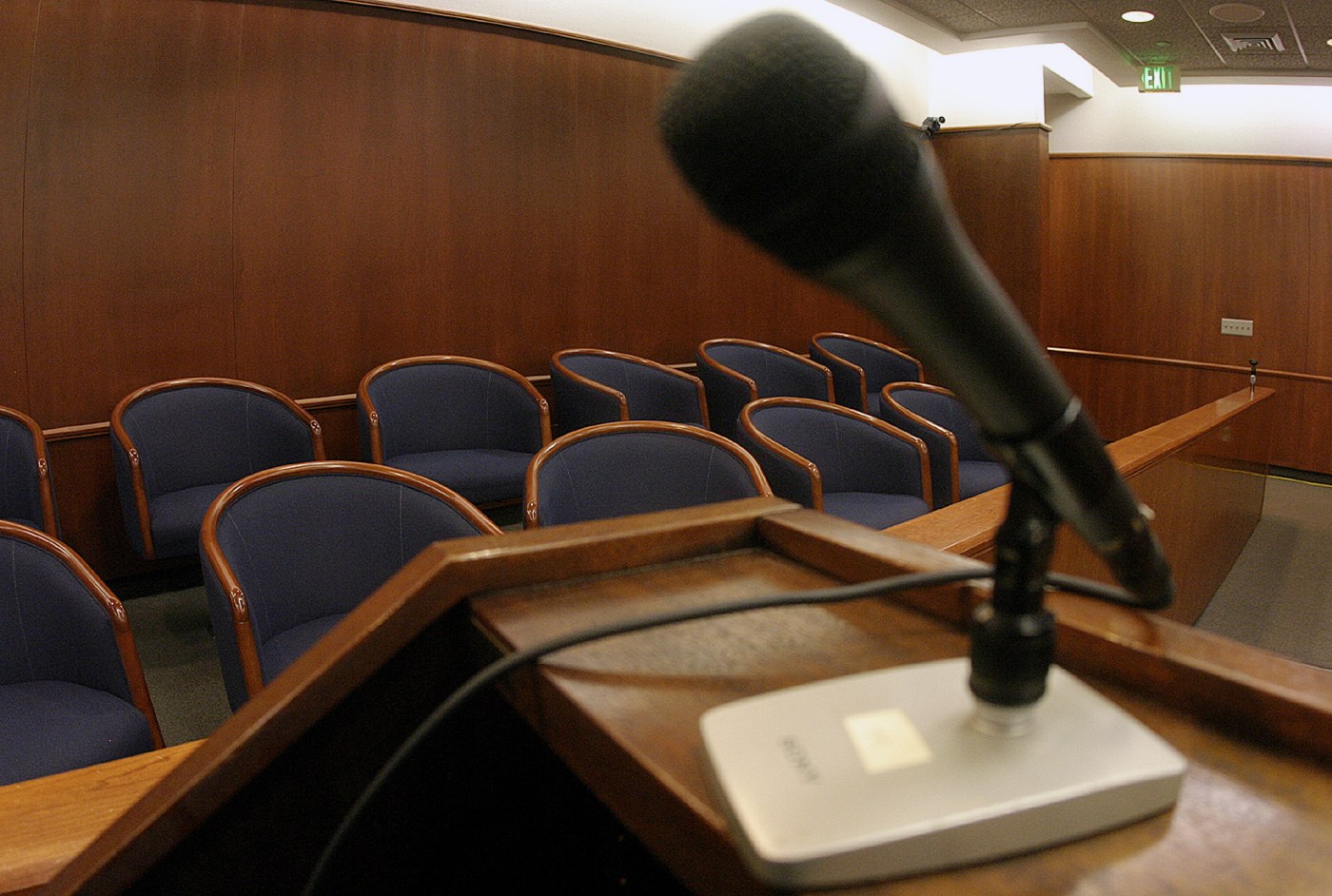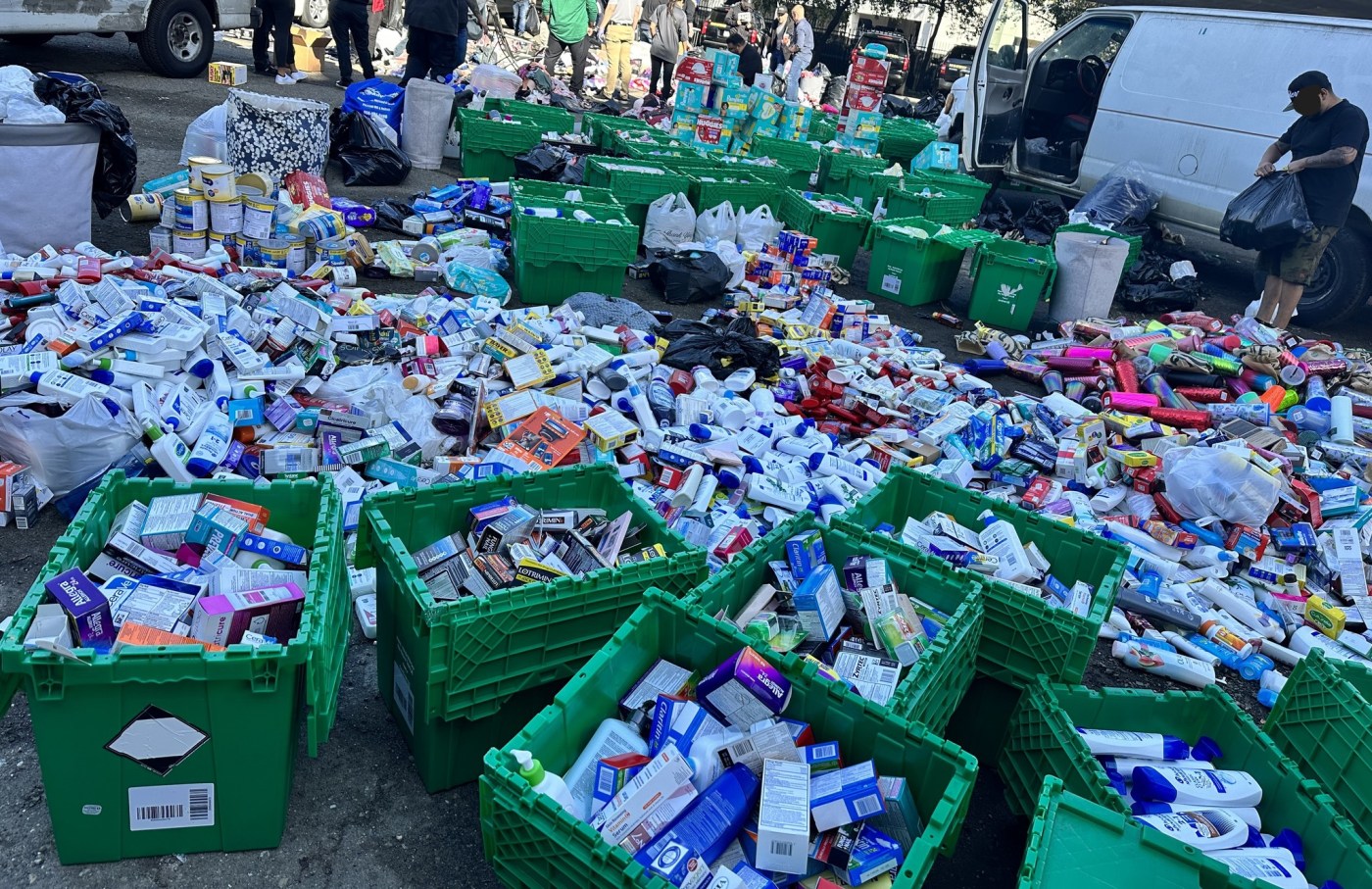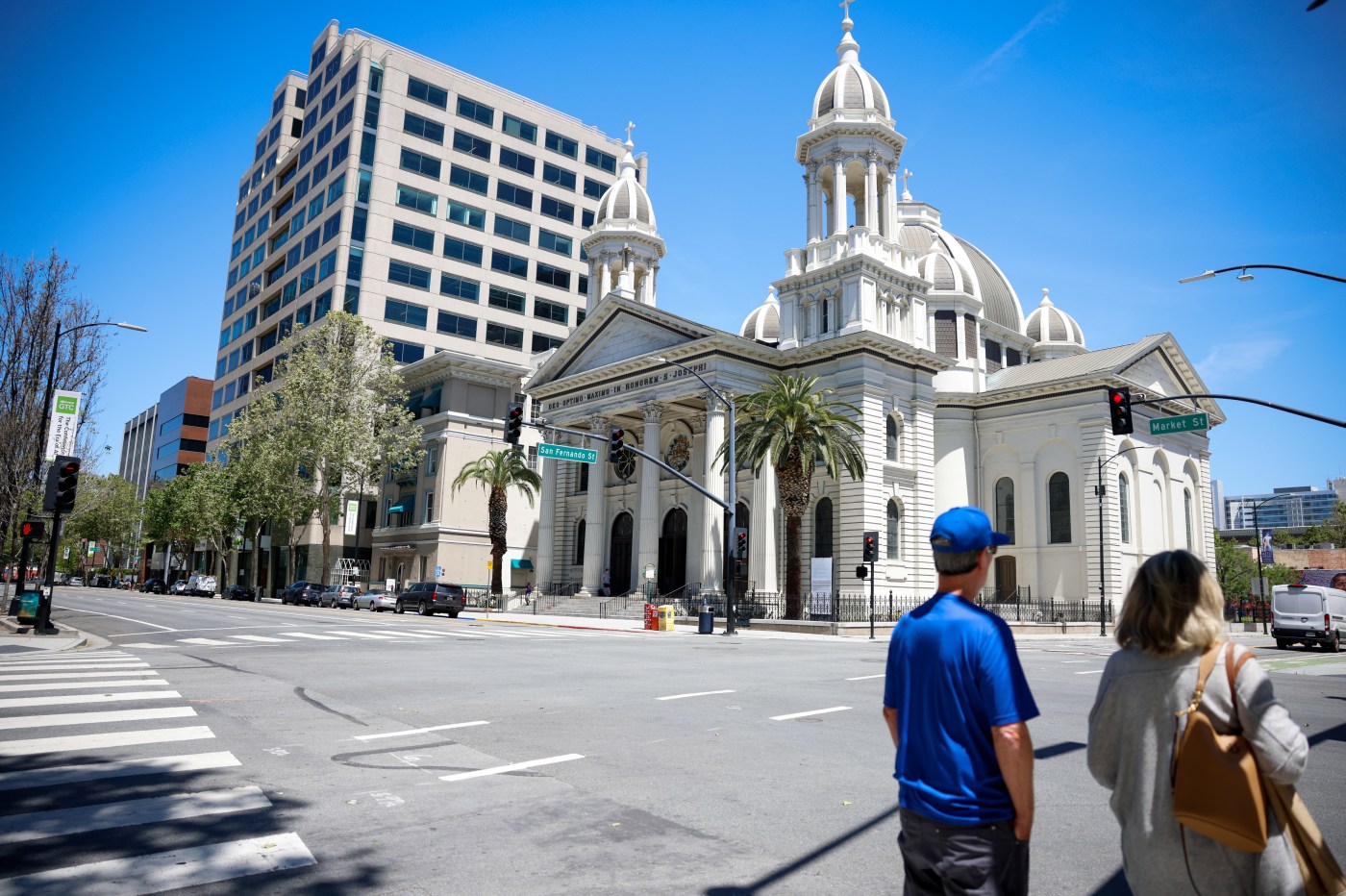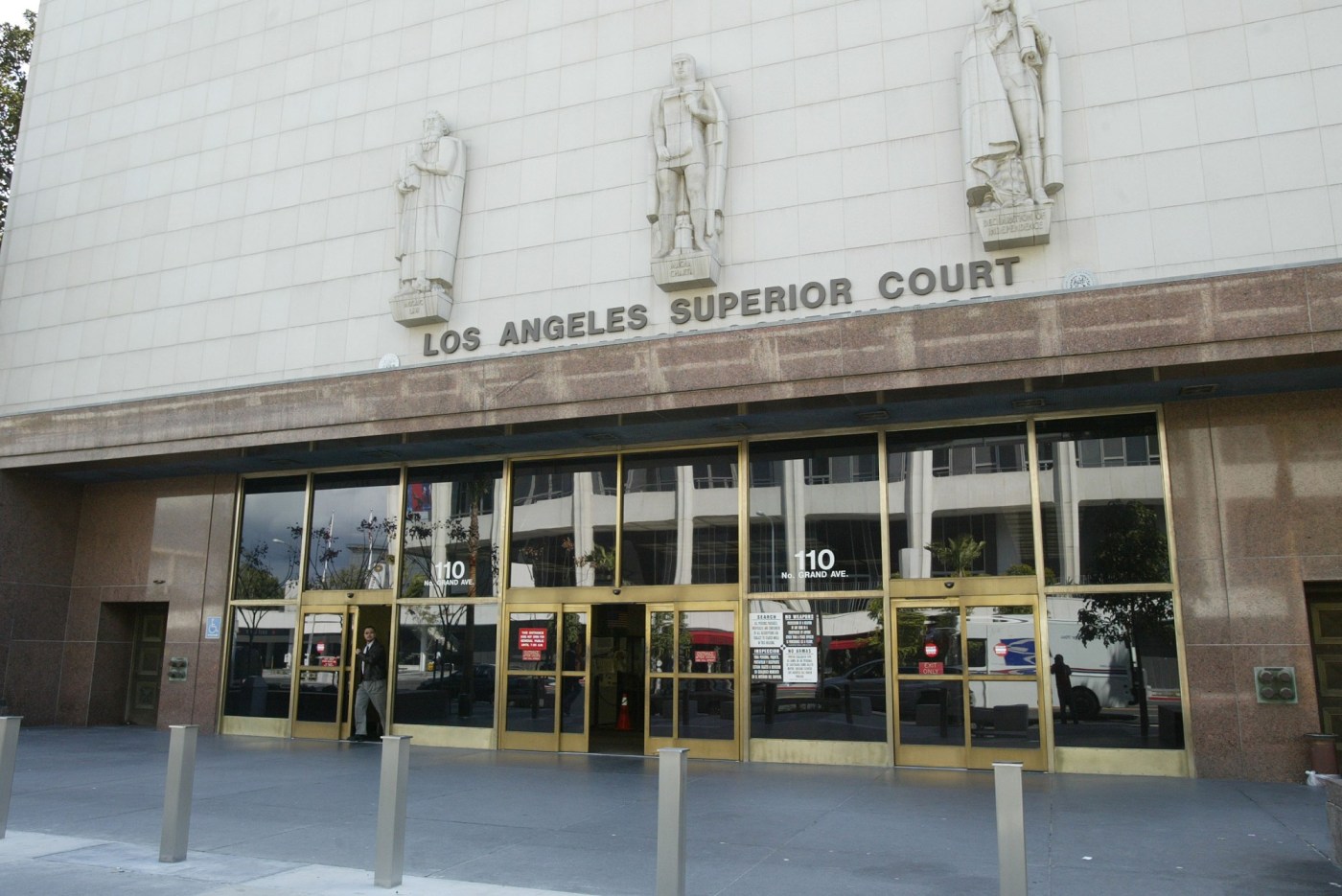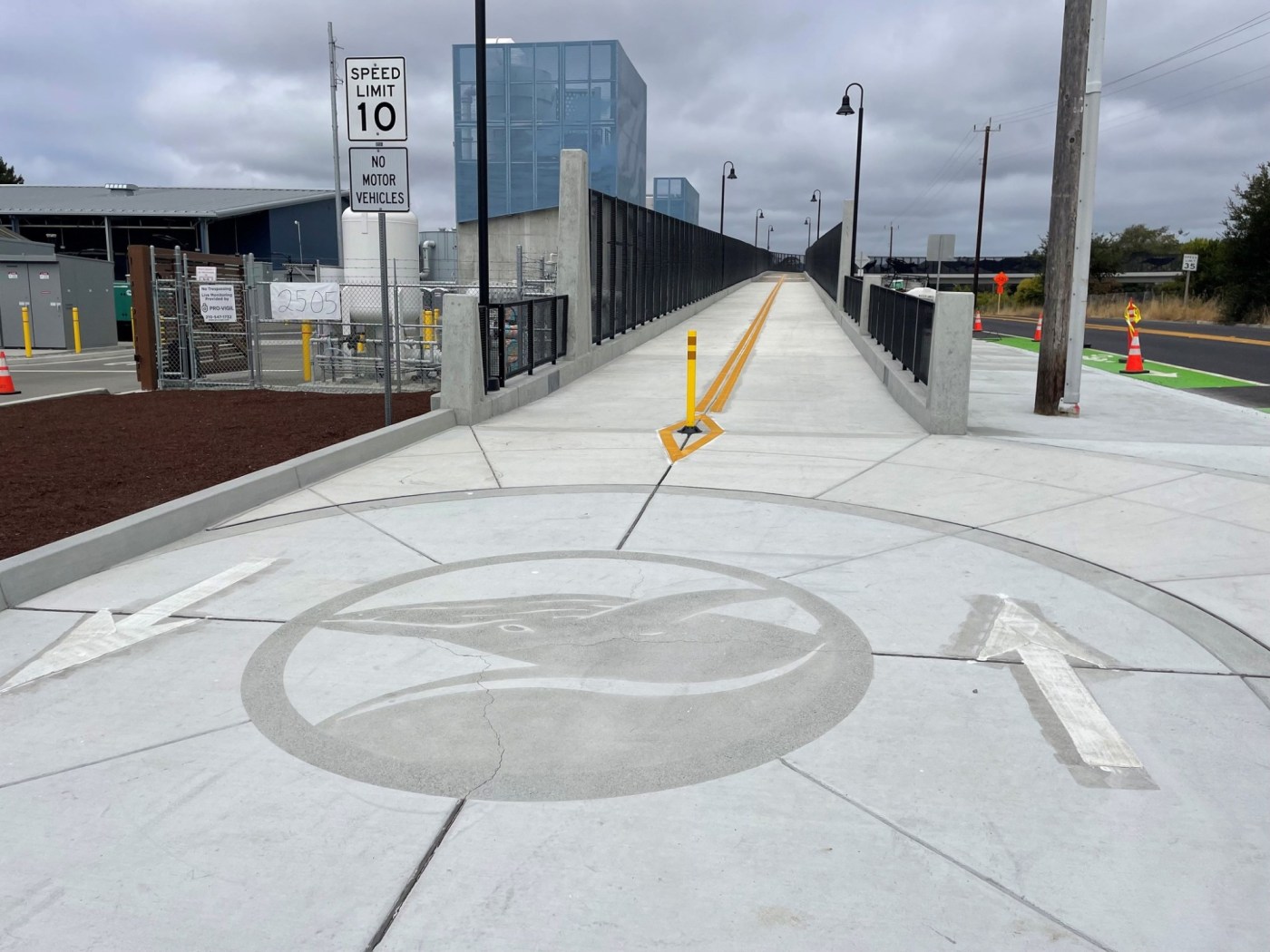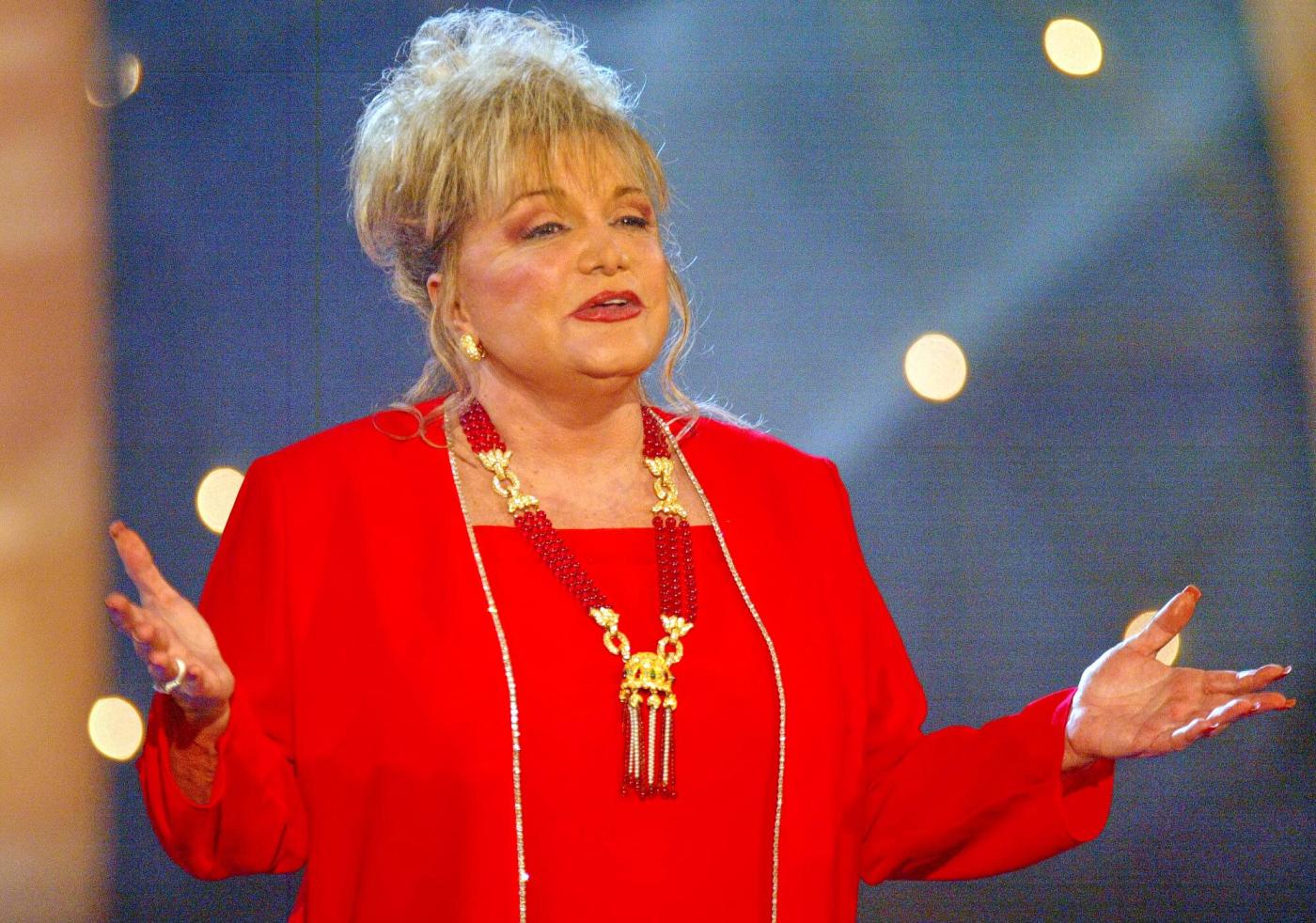A San Diego man accused of murder went on trial for four weeks earlier this year. After closing arguments, the jurors — myself included — re-examined hundreds of photos of exhibits and re-listened to hours of testimony before finding the man guilty on most counts.
Before we left the jury room, we dropped our anonymity and shared a little bit about ourselves.
Some jurors were business owners or managers. One was a nurse. Two of us worked in news media. There was an interior decorator, an accountant, a researcher and a computer analyst.
Related Articles
Opinion: This California loophole makes passing new local taxes easier
Bishop pleads guilty to fraudulently taking out loans on Bay Area church properties
A California judge’s ruling on immigration raids ripples across nation. Here’s what you need to know
MAGA are furious over Epstein case: What to know
Opinion: California’s small businesses need protection — not legal shakedowns
Almost everyone had attended or graduated college. White people made up about half the jury panel.
By contrast the defendant, a Latino man, had the equivalent of a high school education and had long been unemployed. Prosecutors painted him as a long-time drug abuser and dealer. He denied killing his nephew.
Were we his peers?
We considered him innocent, until the evidence proved him guilty. Yet as I rode down the courthouse escalator one last time, I couldn’t shake a nagging question: Were we really a jury of his peers?
That wasn’t a rhetorical question. It’s especially germane now, because California lawmakers and the governor just killed an 8-month-old program that was supposed to help ensure more diverse jury pools so defendants could be judged by their peers.
Courts have long interpreted the “jury of peers” standard to mean a jury “of equals,” taken randomly from a pool that includes “a broad spectrum of the population, particularly of race, national origin and gender,” according to Law.com’s online legal dictionary.
But while about 9 out of 10 defendants nationwide are too poor to afford lawyers, most jurors aren’t in that low of an income bracket. I discovered that firsthand. And for decades, prosecutors have used so-called peremptory challenges — challenges that don’t need a cause — to manipulate the makeup of juries.
Public defenders say this forces even innocent clients to take plea bargains, rather than face a jury that doesn’t look like them. That isn’t justice.
Even some California prosecutors acknowledge that the courts would be fairer with more diverse jury panels. Yet the state is backing away from a common sense strategy to fix that.
Gov. Gavin Newsom recently axed $27.5 million from the state budget that funded a two-year pilot program paying $100 a day to jurors serving in Alameda, El Dorado, Fresno, Imperial, Monterey, San Bernardino and Shasta counties.
The seven counties are part of a study. Supporters were hoping that higher juror pay would spread throughout California, but lawmakers haven’t put a penny toward it in next year’s budget.
California courts currently pay jurors $15 a day. The idea behind the experimental raise, which Newsom signed into law in 2022, was to test whether better pay leads to more racially and economically diverse juries.
It was modeled after a similar program started in San Francisco in 2021 that increased pay to $100 for lower-income jurors. After one year, more than 8 in 10 program participants said they wouldn’t have been able to serve on a jury without that money.
It sure would have made a difference in the jury selection I was a part of.
Pay outstrips costs
For the San Diego murder trial, the judge called in a jury pool of nearly 110 people. He explained that it takes that many people and two full days to eventually select 12 jurors and four alternates for a criminal case expected to last several weeks.
Some prospective jurors won’t serve because of “undue hardship,” he said. Too many employers are refusing to pay workers on jury duty. California law says employers can’t fire workers serving on juries, but it doesn’t make employers pay them.
That’s why California consistently fills juries with retirees or people who work in white-collar jobs or who have the money to go without pay. Equal justice is just an empty promise if a minimum wage worker earns eight times more than jurors make in a day.
Add to that, a juror’s expenses can easily outstrip the daily pay. In San Diego, jurors who drove had to pay to park —- that’s $25 to $40 a day — and pay for lunch, which ran about $20 at nearby restaurants. I rode the trolley and packed lunch to save money.
During my first two days of jury duty, people described their financial hardship. One young man told the judge — in front of everyone — that he had been unemployed for months and was still looking for work. A woman complained she couldn’t afford several weeks of child care. Another man was unsure he’d keep his job beyond two weeks on jury duty.
None of them were picked for the jury.
Besides finances, certain life experiences can be factors in shaping a jury. In this trial, the 108-member jury pool was given a 75-question survey designed to identify bias.
Some questions made me suspect I might be disqualified, like the question about whether I or a family member had been a victim of a crime. Yes, my mother was violently mugged years ago, I wrote, and the police didn’t arrest anyone.
I answered ‘yes’ to a question about whether anyone in my family had been arrested. When my brother was a preteen, he got caught entering an abandoned factory with friends. He took a plea deal and stayed out of jail, but knowing how few Black boys got breaks, I was terrified for him, I wrote.
While scribbling my answers I wondered how many other juror candidates had similar responses? Would negative experiences with police make us unsuitable?
There were other, more obvious potential disqualifiers: I’m a Black woman, so a lawyer might assume I don’t trust police or the courts. And I’m a journalist, a profession often excluded from juries for various reasons.
After reading the questionnaires, the judge interrogated us. By the time he got to me, about a dozen people — including several white people — told the judge that they were not confident a person of color could get a fair shake in the legal system.
I was surprised at how many held that view. But a woman next to me whispered that they weren’t all taking principled stands; some just thought it might get them out of jury duty.
Selected last
The judge grilled me about my family’s encounters with police. He asked point-blank if I thought my brother was treated fairly by the court. I told him that since my brother didn’t have to serve jail time, maybe he was.
I guess my answer was acceptable. When the judge empaneled the jurors and sent the rest home, I was the last juror selected.
The right to a jury trial is so vital that it’s spelled out in the Constitution and the Bill of Rights. But seeking a jury of peers does not mean that male defendants will only be tried by men, or Asians by Asians, or African Americans by African Americans. It does mean a court cannot intentionally exclude someone because of race or gender.
To me that doesn’t go far enough. California should make it easier for jurors to serve, especially those who come from the world the defendant lives in.
If it costs California $27 million to try to reach that standard in seven counties, it’s worth it.
Denise Amos is an editor and columnist at CalMatters.
